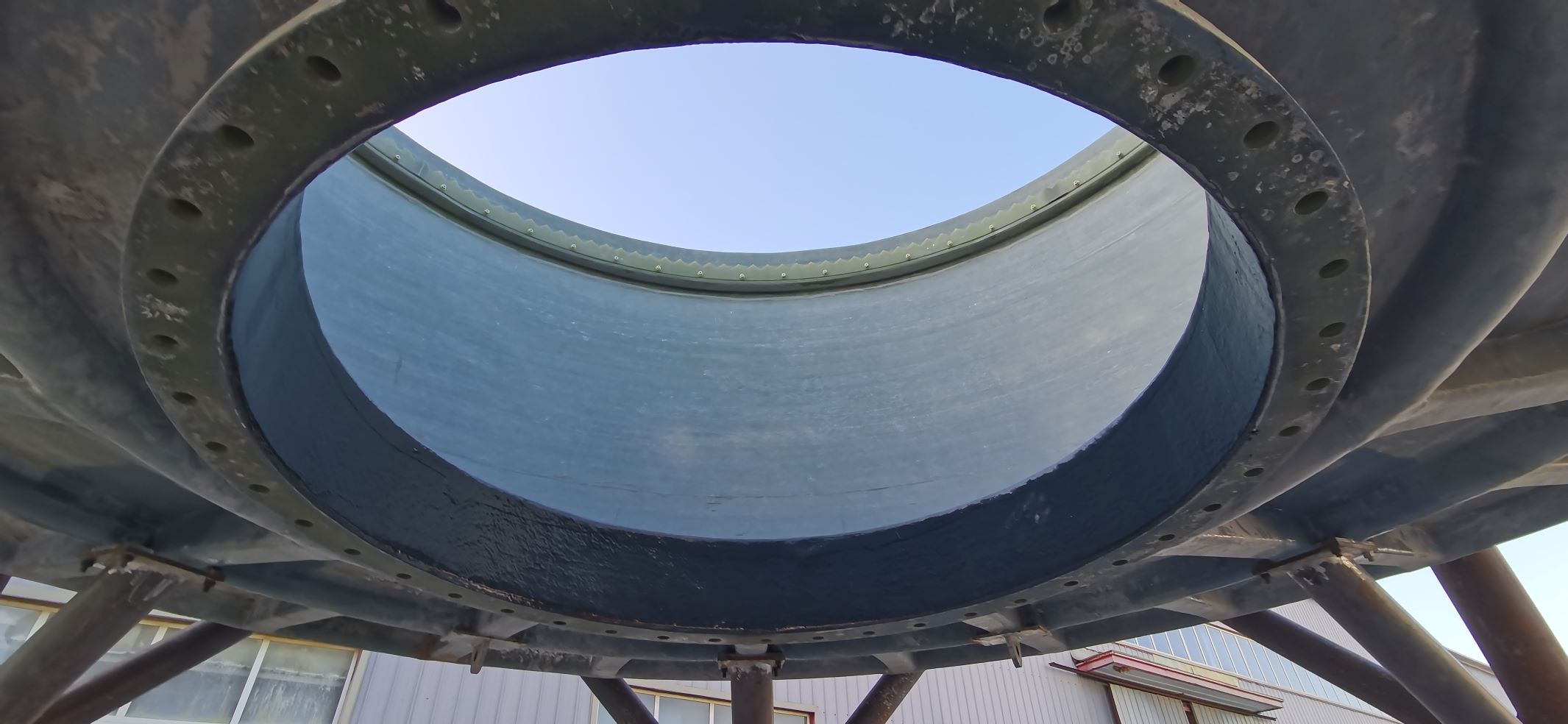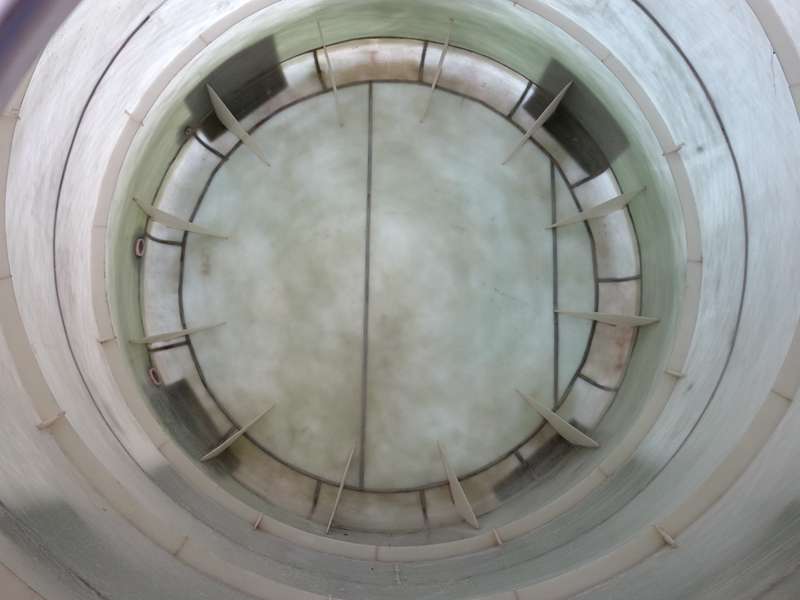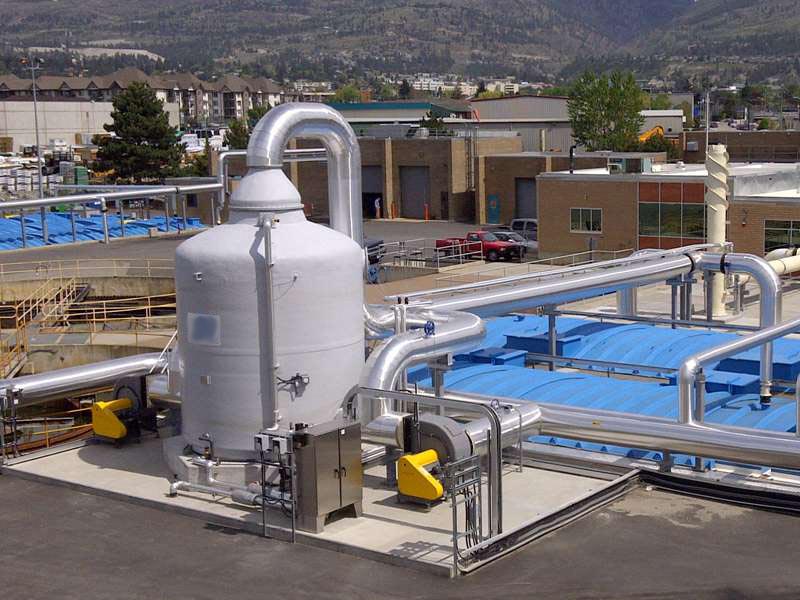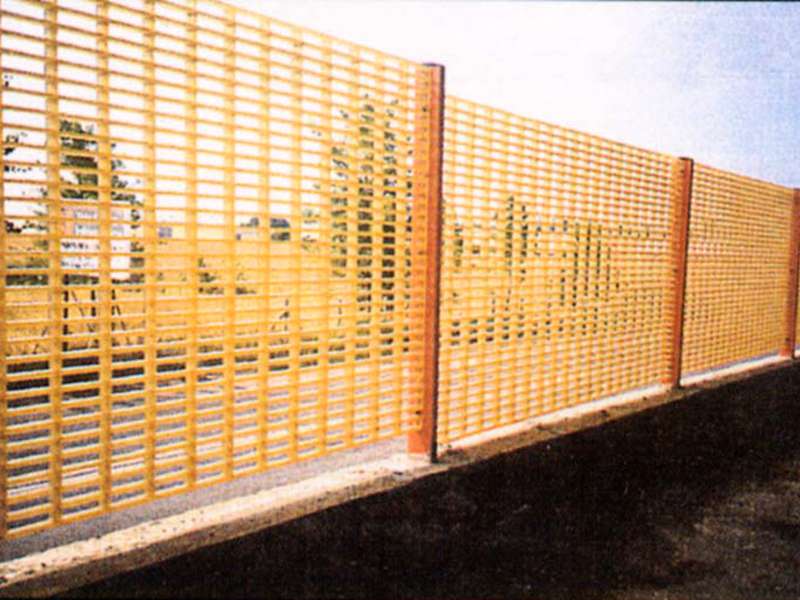
-
 Afrikaans
Afrikaans -
 Albanian
Albanian -
 Amharic
Amharic -
 Arabic
Arabic -
 Armenian
Armenian -
 Azerbaijani
Azerbaijani -
 Basque
Basque -
 Belarusian
Belarusian -
 Bengali
Bengali -
 Bosnian
Bosnian -
 Bulgarian
Bulgarian -
 Catalan
Catalan -
 Cebuano
Cebuano -
 China
China -
 China (Taiwan)
China (Taiwan) -
 Corsican
Corsican -
 Croatian
Croatian -
 Czech
Czech -
 Danish
Danish -
 Dutch
Dutch -
 English
English -
 Esperanto
Esperanto -
 Estonian
Estonian -
 Finnish
Finnish -
 French
French -
 Frisian
Frisian -
 Galician
Galician -
 Georgian
Georgian -
 German
German -
 Greek
Greek -
 Gujarati
Gujarati -
 Haitian Creole
Haitian Creole -
 hausa
hausa -
 hawaiian
hawaiian -
 Hebrew
Hebrew -
 Hindi
Hindi -
 Miao
Miao -
 Hungarian
Hungarian -
 Icelandic
Icelandic -
 igbo
igbo -
 Indonesian
Indonesian -
 irish
irish -
 Italian
Italian -
 Japanese
Japanese -
 Javanese
Javanese -
 Kannada
Kannada -
 kazakh
kazakh -
 Khmer
Khmer -
 Rwandese
Rwandese -
 Korean
Korean -
 Kurdish
Kurdish -
 Kyrgyz
Kyrgyz -
 Lao
Lao -
 Latin
Latin -
 Latvian
Latvian -
 Lithuanian
Lithuanian -
 Luxembourgish
Luxembourgish -
 Macedonian
Macedonian -
 Malgashi
Malgashi -
 Malay
Malay -
 Malayalam
Malayalam -
 Maltese
Maltese -
 Maori
Maori -
 Marathi
Marathi -
 Mongolian
Mongolian -
 Myanmar
Myanmar -
 Nepali
Nepali -
 Norwegian
Norwegian -
 Norwegian
Norwegian -
 Occitan
Occitan -
 Pashto
Pashto -
 Persian
Persian -
 Polish
Polish -
 Portuguese
Portuguese -
 Punjabi
Punjabi -
 Romanian
Romanian -
 Russian
Russian -
 Samoan
Samoan -
 Scottish Gaelic
Scottish Gaelic -
 Serbian
Serbian -
 Sesotho
Sesotho -
 Shona
Shona -
 Sindhi
Sindhi -
 Sinhala
Sinhala -
 Slovak
Slovak -
 Slovenian
Slovenian -
 Somali
Somali -
 Spanish
Spanish -
 Sundanese
Sundanese -
 Swahili
Swahili -
 Swedish
Swedish -
 Tagalog
Tagalog -
 Tajik
Tajik -
 Tamil
Tamil -
 Tatar
Tatar -
 Telugu
Telugu -
 Thai
Thai -
 Turkish
Turkish -
 Turkmen
Turkmen -
 Ukrainian
Ukrainian -
 Urdu
Urdu -
 Uighur
Uighur -
 Uzbek
Uzbek -
 Vietnamese
Vietnamese -
 Welsh
Welsh -
 Bantu
Bantu -
 Yiddish
Yiddish -
 Yoruba
Yoruba -
 Zulu
Zulu
frp fittings
Understanding FRP Fittings A Comprehensive Overview
FRP, or Fiber Reinforced Plastic, has emerged as a significant material in various industries due to its high strength-to-weight ratio and resistance to corrosion. This unique composite material consists of a polymer matrix reinforced with fibers, typically glass or carbon, which enhances its mechanical properties. One of the critical applications of FRP is in fittings, which are essential components in various piping systems and constructions. This article will delve into FRP fittings, exploring their advantages, applications, manufacturing process, and future trends.
Advantages of FRP Fittings
1. Corrosion Resistance One of the most prominent benefits of FRP fittings is their resistance to corrosion. Unlike traditional metals that may succumb to rust or other forms of degradation when exposed to harsh environments, FRP stands firm against chemicals, moisture, and extreme temperatures. This makes FRP fittings ideal for industries such as chemical processing, wastewater treatment, and marine applications.
2. Lightweight FRP fittings are significantly lighter than metal counterparts, making them easier to handle, transport, and install. The reduced weight translates to lower shipping costs and easier assembly, which is crucial in construction projects and large installations.
3. Strength and Durability Despite their lightweight nature, FRP fittings boast high tensile and compressive strength. This durability ensures that they can withstand high pressures and harsh operating conditions, thereby enhancing the longevity of systems in which they are installed.
4. Low Maintenance The inherent properties of FRP mean that these fittings require significantly less maintenance than metal fittings, resulting in reduced operational costs over time. Their resistance to chemical attack and environmental stressors minimizes the need for frequent replacements and repairs.
5. Design Flexibility FRP fittings can be fabricated into various shapes and sizes, allowing for customized solutions that meet specific project requirements. This flexibility in design enables engineers to create more efficient and reliable systems.
Applications of FRP Fittings
FRP fittings find diverse applications across multiple industries
. Some of the most common areas include- Piping Systems FRP fittings are widely used in piping systems for transporting chemicals, water, and other fluids. Their corrosion resistance and strength make them suitable for both above-ground and underground applications.
- Construction In construction, FRP fittings are used in structural applications, such as beams and columns, where strength and weight considerations are crucial.
frp fittings

- Marine Industry The marine environment is particularly harsh, with saltwater causing rapid corrosion of traditional materials. FRP fittings are increasingly adopted in shipbuilding, docks, and other maritime applications due to their durability and low maintenance.
- Electrical Applications FRP is a non-conductive material, making it a popular choice for electrical applications where insulation is required. FRP fittings are utilized in various electrical conduits and supports.
Manufacturing Process of FRP Fittings
The manufacturing of FRP fittings typically involves several steps
1. Material Preparation The process begins with selecting the appropriate resin and reinforcing fibers. Glass or carbon fibers are commonly used, depending on the required strength and weight characteristics.
2. Molding The chosen fibers are impregnated with resin and then placed into molds. Different molding techniques, such as hand lay-up, filament winding, or compression molding, can be employed based on the desired specifications.
3. Curing Once formed, the fittings are cured. This process allows the resin to harden, resulting in a strong and durable product. Curing can be achieved at room temperature or through the application of heat.
4. Finishing After curing, the fittings may undergo additional finishing processes, such as sanding or painting, to enhance aesthetics and provide additional protection from UV radiation and other environmental factors.
Future Trends in FRP Fittings
The future of FRP fittings looks promising due to advancements in materials science and technology. Continued research is expected to yield even stronger and more durable composites, potentially incorporating recycled materials to enhance sustainability. The growing emphasis on lightweight construction and corrosion-resistant materials will likely drive increased adoption of FRP fittings across various sectors.
In conclusion, FRP fittings represent a versatile and efficient solution in industries that require durable, lightweight, and corrosion-resistant materials. With continued advancements and a broader understanding of their advantages, FRP fittings are poised to play an increasingly critical role in modern engineering and construction practices.
Latest news
-
Fiberglass 90 Degree Elbow for Custom Tanks & High Pressure Pipes Durable and Corrosion ResistantNewsJun.24,2025
-
Exploring the Benefits of Top Hammer Drifter Rods for Enhanced Drilling PerformanceNewsJun.10,2025
-
High-Precision Fiberglass Winding Machine for GRP/FRP Pipe Production – Reliable & Efficient SolutionsNewsJun.10,2025
-
FRP Pipes & Fittings for Shipbuilding - Corrosion-Resistant & LightweightNewsJun.09,2025
-
Premium FRP Flooring Solutions Durable & Slip-ResistantNewsJun.09,2025
-
Premium Fiberglass Rectangular Tanks Durable & Lightweight SolutionNewsJun.09,2025









